Performance Tuning
08 Jul 2021
Linux Bridge vs OpenVSwitch — How to Improve Virtualization Network Performance

How to fix packet loss and latency in high bandwidth VPS servers by upgrading to OpenVSwitch Virtualization is one of the most pervasive and transformational technologies in the hosting world to have come along in the last decade. Despite this, maintaining the efficient operation of virtual machines is not always easy. In this article, we’ll
02 Mar 2021
Testing the network speed of your IOFLOOD.com server with iperf

With 10gbps and faster network ports becoming more common all the time, it is becoming increasingly important to make sure that a server can actually use all of that bandwidth. At these high speeds, many things can go wrong that limit your performance to less than the maximum speed of the port. The most important
04 Feb 2021
Optimal RAID Stripe Size and filesystem Readahead for RAID-10?
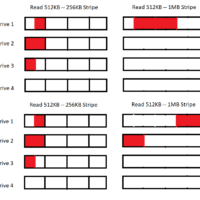
What RAID stripe size is ideal for an array of hard drives? What are the default settings for both raid stripe size and filesystem readahead? Are those defaults acceptable? How do these settings impact the performance of my server? In this post, we’ll go into detail as to what settings are ideal for a server
25 Jan 2021
IOWAIT in Linux — is iowait too high?
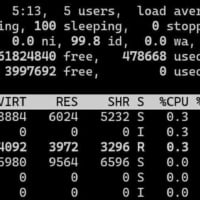
High IOWAIT can be a real problem in linux, making your server grind to a halt. The question is, how high is too high? When should I be concerned? Firstly, we’ll talk about what IOWAIT means, discuss related statistics and how to interpret them, and finally how to decide if IOWAIT is causing a problem.
21 Feb 2020
What is Apache Keepalive Timeout? How to optimize this critical setting.

If you’ve struggled to fix web server slowdowns or crashes, you may have come across a setting for Apache called “Keep-Alive”. This is one of the most powerful — and frequently misused — features of apache. In this article, we’ll explain: What is Apache Keepalive / Keepalive Timeout? What configuration is optimal for best server
02 Apr 2019
IOFLOOD.com – Phoenix, AZ, Dedicated Servers: 2019 Carrier Upgrades and Network Improvements

Updated: You can read about our 2020 network upgrades here: https://ioflood.com/blog/ioflood-com-phoenix-az-dedicated-servers-2020-carrier-upgrades-and-network-improvements/ IOFLOOD.com is proud to announce that we’ve completed a series of upgrades to our network to maximize performance and reliability for our dedicated server customers. To improve performance and reliability, all top of rack switches have been replaced with upgraded Juniper switches. These new
27 Apr 2015
Adding AHCI support to CentOS after it was already installed in IDE mode

Sometimes when you’re using a server, you’ll notice that the disk i/o is slower than it ought to be, or is using a lot more cpu than it should be during disk i/o. In some cases, this would be because the BIOS is configured to use your sata drives in legacy IDE mode instead of
09 Apr 2015
How to set up source nat routing (SNAT) in iptables to load balance outbound connections across multiple IP addresses
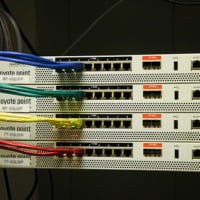
In our earlier days, before IOFlood, some of us ran web based proxy services. These were popular at workplaces or schools for accessing websites that were blocked there, such as gmail and myspace (remember myspace?). One common problem that came up, was that with so many users each sharing one IP on one server, our
27 Mar 2015
Making sense of Linux memory usage, Part 1: how to read “top” in CentOS.
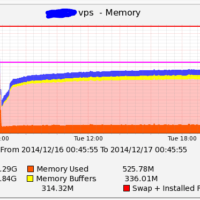
We get this question a lot, about “Why is my Linux server using so much ram?”. In many cases, it really isn’t using much ram at all, but just to be sure we always have to check. At least half the time, really very little is being used, but the way that Linux reports ram
19 Feb 2015
nf_conntrack: table full, dropping packet — A solution for CentOS Dedicated Servers
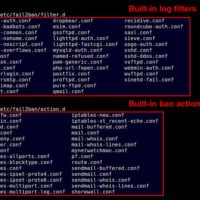
A common problem you may experience is sluggish performance or disconnections from your Centos dedicated server, even though there is sufficient CPU, ram, disk i/o, etc. After some troubleshooting, you may come to believe you are being DDoS attacked, but you don’t see an unusual amount of traffic, and there’s no single IP or handful